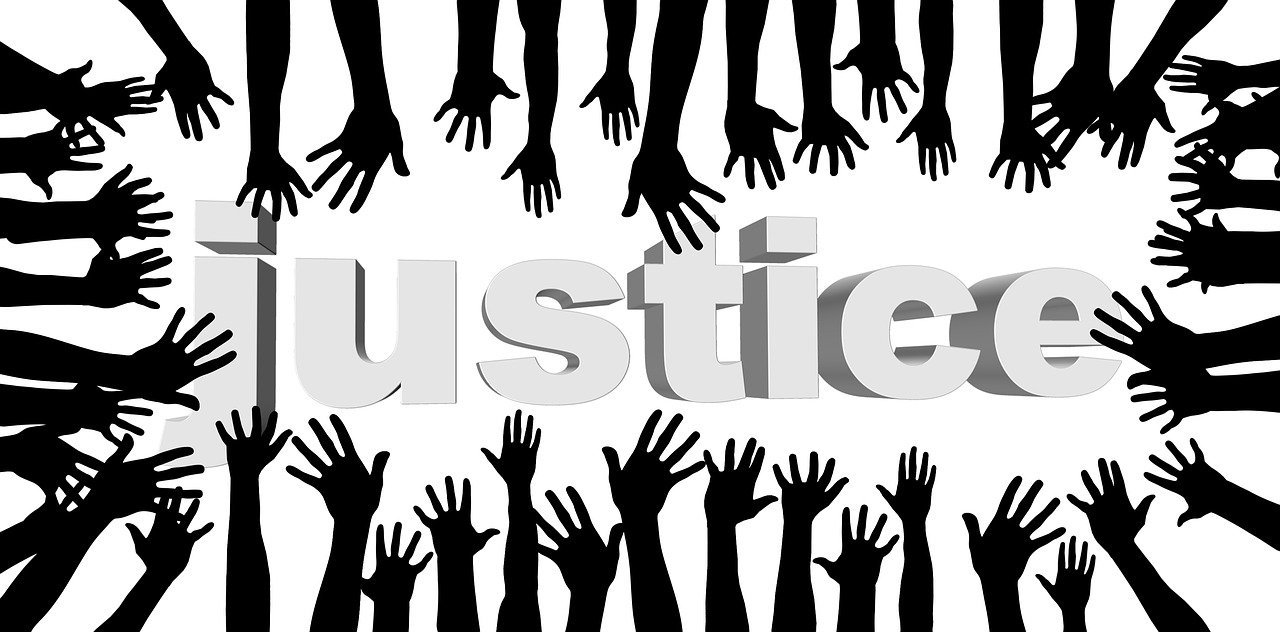Exploring EnvironmenATL Justice with Data Analytics and Visualization
Author(s): Ethell Vereen
Morehouse College
1548 total view(s), 4502 download(s)
Module Discussion Board with Grading Rubric_Vereen.docx(DOCX | 19 KB)
Module Reflection with Grading Rubric_Vereen.docx(DOCX | 17 KB)
Module Worksheet_Vereen.docx(DOCX | 213 KB)
Teaching Notes_Vereen Module EnvironmenATL Justice with Data Analytics and Visualization.docx(DOCX | 18 KB)
Vereen - Module EnvironmenATL Justice with Data Analytics and Visualization.docx(DOCX | 955 KB)
- https://dsl.richmond.edu/socialvulnerability/
- https://storymaps.arcgis.com/stories/0f58d49c566b486482b3e64e9e5f7ac9
- https://www.epa.gov/ejscreen
- https://medium.com/swlh/hypothesis-testing-for-inference-using-a-data-set-aaa799e94cdf
- www.data.gov
- www.census.gov/data/
- https://www.epa.gov/superfund/search-superfund-sites-where-you-live
- http://db.cger.nies.go.jp/portal/
- www.epa.gove/environmentaljustice
- https://youtu.be/gU-D3YkOe-w
- https://www.nrdc.org/stories/history-environmental-justice-five-minutes
- https://youtu.be/30xLg2HHg8Q
- License terms
Description
Overview
This module introduces some of the basic data handling and data analysis skills that give students an understanding of data types, descriptive statistics, sampling, and basic inferential statistics. It includes the use of spreadsheets and statistics software to handle, plot, describe and analyze datasets (e.g. socioeconomic and environmental), and helps students in the communication of data analysis using tables, graphs and appropriate statistics.
The module introduces an environmental justice framework to give students an understanding of tools and strategies to engage, assess, and intervene at multiple levels; while also developing advocacy and communication skills. Through mapping and other techniques, students explore, visualize, and discuss how to engage, assess, and potentially eliminate unfair, unjust, and inequitable conditions and decisions. The framework also attempts to uncover the underlying assumptions that may contribute to and produce differential exposure and unequal protection.
Paying particular attention to redlining and the ways that race, ethnicity, class and gender have shaped the political and economic dimensions of environmental injustices, this module challenges students to critically examine redlining, socioeconomic, and environmental factors in Atlanta, GA (USA) to develop and explore research questions that may visually and/or statistically illuminate trends, patterns and processes of environmenATL justice.
Module Session/Lesson Plan Overview
- environmenATL module introduction
- Introduction to ‘big data’, environmental justice and redlining
- Demonstrate finding a data set, and exploring strengths and limitations of data
- Demonstrate data analysis using excel and/or R (as needed)
- Experimental design on Your Own
- From previous session students will be tasked with finding a data set and developing a research question and hypothesis
- Students will share experimental design and receive feedback from class and instructor
- Students will also complete discussion board posting to demonstrate understanding of environmental justice
- Instructor will share how to make a scientific poster template (as needed)
- Analysis and Mini-Literature Review
- Students will perform statistical analysis on their dataset
- Students will perform a mini-literature review on their topic
- Students will write a technical report and create a poster for presentation incorporating findings from statistical analyses and literature review
- Scientific Communication
- Posters will be presented to class as a ‘mock’ community town hall emphasizing findings and barriers identified to equity and equality and/or environmental inclusiveness, with potential strategies to remove them (if applicable). Technical report submitted to instructor separately.
- Students will complete a post-module reflective writing
Module Learning Outcomes
On successful completion of this module students will be able to:
- Perform data gathering of large data from a range of data sources.
- Critically analyze existing Big Data datasets
- Understand and demonstrate the role of statistics in the analysis of large datasets.
- Select and apply suitable statistical measures and analyses techniques for data of various structure and content and present summary statistics.
- Understand and demonstrate competency, intermediate to advanced knowledge, of statistical data analytics as applied to large data sets.
- Employ statistical analytical skills to test assumptions, and to generate and present new information and insights from large datasets
Quantitative learning objective(s)
- Perform data gathering of ‘big data’ (socioeconomic and environmental) from a range of data sources focused on Atlanta, GA (USA).
- Select and apply suitable statistical measures and analyses techniques for data of various structure and content and present summary statistics and/or data visualizations.
Content learning objective(s)
- Identify and select the data necessary to formulate a hypothesis driven ‘big data’ research question.
- Describe environmental justice and discuss the history of the environmental justice movement in your own words.
- Communicate scientific findings using a range of modes and technologies (e.g. oral, visual, social media, and/or multimedia technologies).
Social justice and/or diversity/equity/inclusion learning objective(s)
- Identify, describe, and analyze environmental justice issues in Atlanta, GA (USA)
- Engage with diverse groups of people (peers, community stakeholders, and/or advocacy groups…maybe policy makers/local government officials).
- Identify barriers to equity and equality and/or environmental inclusiveness, and discuss (or explore) strategies to remove them (if applicable).
Other learning objective(s)
- Reflect on your own perception, biases, and assumptions and how this might inform your understanding of environmenATL justice (and science).
Cite this work
Researchers should cite this work as follows:
- Vereen, E. (2021). Exploring EnvironmenATL Justice with Data Analytics and Visualization. Social Justice and Community Change, QUBES Educational Resources. doi:10.25334/D0EN-0R77
